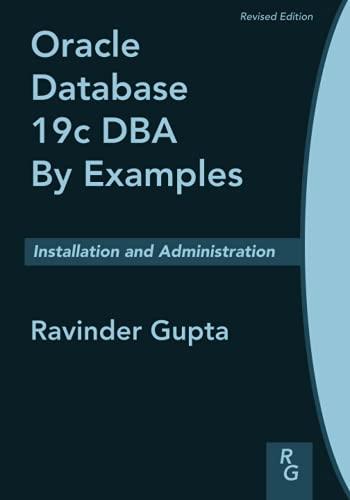Question
Question 1(a) Complete the function load_data below to load three datasets that we will use in subsequent questions. Be sure to follow the instructions below
Question 1(a)
Complete the function load_data below to load three datasets that we will use in subsequent questions. Be sure to follow the instructions below for each dataset respectively.
Energy
Load the energy data from the file assets/Energy Indicators.xls, which is a list of indicators of energy supply and renewable electricity production from the United Nations for the year 2013, and should be put into a DataFrame with the variable name of energy.
Keep in mind that this is an Excel file, and not a comma separated values file. Also, make sure to exclude the footer and header information from the datafile. The first two columns are unneccessary, so you should get rid of them, and you should change the column labels so that the columns are:
['Country', 'Energy Supply', 'Energy Supply per Capita', '% Renewable]
Convert Energy Supply to gigajoules (Note: there are 1,000,000 gigajoules in a petajoule). For all countries which have missing data (e.g. data with "...") make sure this is reflected as np.NaN values.
Rename the following list of countries (for use in later questions):
"Republic of Korea": "South Korea", "United States of America": "United States", "United Kingdom of Great Britain and Northern Ireland": "United Kingdom", "China, Hong Kong Special Administrative Region": "Hong Kong"
There are also several countries with parenthesis in their name. Be sure to remove these, e.g. 'Bolivia (Plurinational State of)' should be 'Bolivia'.
GDP
Next, load the GDP data from the file assets/world_bank.csv, which is a csv containing countries' GDP from 1960 to 2015 from World Bank. Call this DataFrame gdp.
Make sure to skip the header, and rename the following list of countries:
"Korea, Rep.": "South Korea", "Iran, Islamic Rep.": "Iran", "Hong Kong SAR, China": "Hong Kong"
ScimEn
Finally, load the Sciamgo Journal and Country Rank data for Energy Engineering and Power Technology from the file assets/scimagojr-3.xlsx, which ranks countries based on their journal contributions in the aforementioned area. Call this DataFrame scim_en.
For all three datasets, use country names as the index.
Question 1(b)
Now suppose we take the intersection of the three datasets based on the country names, how many unique entries will we lose? Complete the function below that returns the answer as a single number. The Venn diagram in the next cell is worth a thousand words.
Question 1(c)
Join the three datasets to form a new dataset, using the intersection of country names. Keep only the last 10 years (2006-2015) of GDP data and only the top 15 countries by Scimagojr 'Rank' (Rank 1 through 15).
The index of the resultant DataFrame should still be the name of the country, and the columns should be
['Rank', 'Documents', 'Citable documents', 'Citations', 'Self-citations', 'Citations per document', 'H index', 'Energy Supply', 'Energy Supply per Capita', '% Renewable', '2006', '2007', '2008', '2009', '2010', '2011', '2012', '2013', '2014', '2015'].
This function should return a DataFrame with 20 columns and 15 entries.
Step by Step Solution
There are 3 Steps involved in it
Step: 1

Get Instant Access to Expert-Tailored Solutions
See step-by-step solutions with expert insights and AI powered tools for academic success
Step: 2

Step: 3

Ace Your Homework with AI
Get the answers you need in no time with our AI-driven, step-by-step assistance
Get Started


